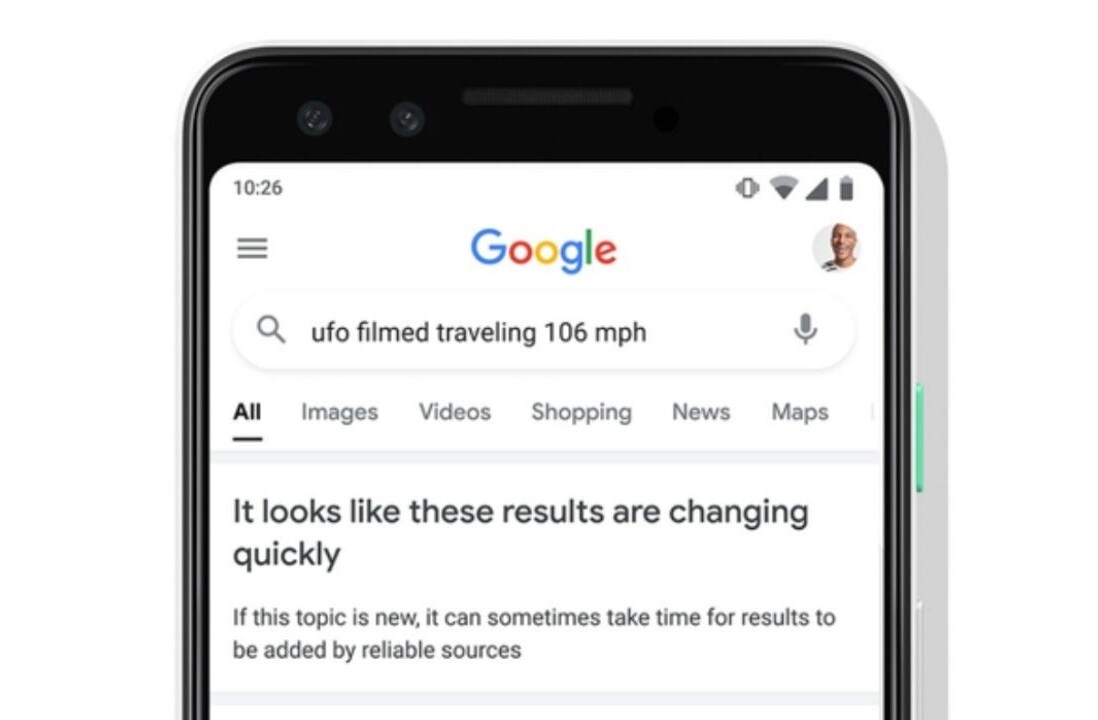
Google For Jobs has made a great impact on the jobs market ever since it was released by the search giant in June 2017. There’s been tons written on the feature since it came out, but it’s still a new product and many users are still figuring out how to get the most out of it — that’s why I’ve written this article.
I’m going to go into the three main features that I felt helped the most when it comes to hiring campaigns. Bu I don’t want to tread over old tracks that can be read all over the web, so to get an initial insight into Google For Jobs you can read here to understand how to ensure your website is valid to be listed and here to understand the impact it can have on your organic traffic.
So, now that you have got up to speed on what Google For Jobs is, here are three things you might not know about Googles relatively young product.
1. You can see how many jobs are indexed, viewed, clicked, and applied for
First of all, I really like Google For Jobs because I feel the UI really stands out. It’s also great that the big blue box appears at the top of the search results. The convenience saves job seekers from scrolling very far down the search results, as they can simply click into Google For Jobs instead.
But how many are actually clicking on it? Well, Google has several tools that can help you better understand how many people view your jobs in Google For Jobs.
The first thing is to see just how many of your jobs are indexable and can be seen in the new UI. To do this –
- Go into your Search Console
- Click ‘Search Appearance’
- Click ‘Rich Cards’
- Click ‘Enhanceable cards’, which will show you how many jobs are eligible to be shown with the new functionality
The next thing you are going to want to know is how many eyes you are getting on your vacancies.
To see this, stay in Search Console and –
- Click ‘Search Traffic’
- Click ‘Search Analytics’
- Click ‘Impressions’ and ensure ‘Clicks’ is unchecked
- Click ‘No filter’ below ‘Search Appearance’, which will now give you the options of ‘job details’ and ‘job listing’. ‘Job listing’ shows you how many eyes have scrolled past your job listing that you can see on the left-hand side of the Google For Jobs UI. ‘Job details’ shows you how many people have clicked on a job listing and have read your job description.
I acknowledge that my points above don’t give you the information you need the most though, which is to see how many people have clicked on the job description and come through to your site to convert. To do this you now need to log into Google Analytics.
Once you have selected the property you want to view –
- Click ‘Acquisition’
- Click ‘Campaigns’
- Click ‘All Campaigns’
- In the search bar below the graph, search ‘google_jobs_apply’
- You can now see how many people have clicked through to your site from Google For Jobs
- In the far-right hand column, you can now filter by conversions, set your preferred conversion point and see how many people have applied for a job on your website
Now you know how many of your jobs are eligible to be listed in Google For Jobs, how many people have seen them and how many people have clicked them and converted on your website.
2. You don’t need to spend huge amounts of money posting your job opening across multiple job boards
How often do you post your job listing on a site and then post the same job on lots of different job boards, hoping that you catch the eye of a potential candidate?
Google has historically given preference to the most established job boards within its ranking algorithms, but Google For Jobs focuses on what role is most suited to the candidate, rather than which job board possesses the most authority.
What does that mean? Well, instead of Google showing the same job over and over again because it has been listed on numerous job boards (although it used to), Google now shows just the one listing but gives the user the opportunity to click on any website which is set-up for Google For Jobs and apply via their website of choice.

As a business owner, why would you be paying for your job to be listed on those job boards any longer, when your job listing on your website has just as much opportunity to be seen and clicked as the bigger job boards?
This feature is likely to be the start of the end for some of the bigger job boards as businesses become less reliant on the exposure they previously provided, with the budget potentially being put into an inevitable GFJ ad space within the UI.
3. The more you include in your job post the more likely you are to rank high
There isn’t a lot of guidance on how to rank highly in the new UI and it doesn’t appear that many of the search engineers within Google understand the intricacies of the job search engine either.
John Mueller is a Webmaster Trends Analyst for Google, who regularly holds webinars with CEOs to patiently answer their questions on search. However, even someone of this level of knowledge within the organization isn’t completely up to speed on how the ranking algorithms in GFJ operate.
AFAIK we don’t have any information on ranking within Google For Jobs.
— ? John ? (@JohnMu) September 5, 2018
Tarquin Clark who is Group Manager for Cloud Job Discovery did give a small piece of advice though, on “the completeness of content to help with ranking.”
Recommend starting at https://t.co/9EaO2o2MWe and following the documentation. There are some suggestions around completeness of content to help with ranking no information AKAIK on apply buttons.
— Tarquin Clark (@tarquinc) September 5, 2018
This completeness of content makes complete sense, because by providing Google with as much information as possible through structured data and on-page content, will not only help the search engine to fully understand the role/page it is showing but also give it the confidence to rank the job higher to ensure it is seen by relevant job seekers.
To ensure that you are giving Google all the information it could possibly need to fulfill this ‘completeness’, ensure that your jobs fit in with the ‘fully enhanced cards’ that you can see in the below screenshot, which you can pull from Google Search Console. The client in this example is a recruiter who doesn’t want to give away the location of their roles, and so cannot have job pages that are fully enhanced.

Get the TNW newsletter
Get the most important tech news in your inbox each week.




